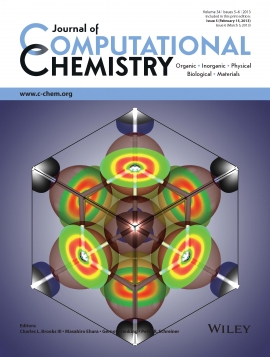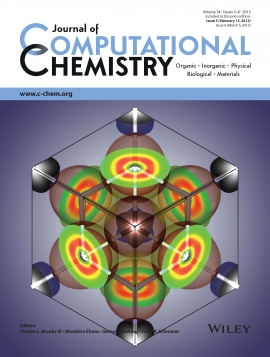Aliovalent doping of CeO2: DFT study of oxidation state and vacancy effects
Abstract
The modification of CeO2 properties by means of aliovalent doping is investigated within the ab initio density functional theory framework. Lattice parameters, dopant atomic radii, bulk moduli and thermal expansion coefficients of fluorite type Ce1-xMxO2-y (with M = Mg, V, Co, Cu, Zn, Nb, Ba, La, Sm, Gd, Yb, and Bi) are presented for 0.00 < x < 0.25. The relative stability of the doped systems is discussed, and the influence of oxygen vacancies is investigated. It is shown that oxygen vacancies tend to increase the lattice parameter, and strongly decrease the bulk modulus. Defect formation energies are correlated with calculated crystal radii and covalent radii of the dopants, and are shown to present no simple trend. The previously observed inverse relationship between the thermal expansion coefficient and the bulk modulus in group IV doped CeO2 [J. Am. Ceram. Soc., 2014, 97(1), 258] is shown to persist independent of the inclusion of charge compensating vacancies.
 Open Access version available at UGent repository
Open Access version available at UGent repository

